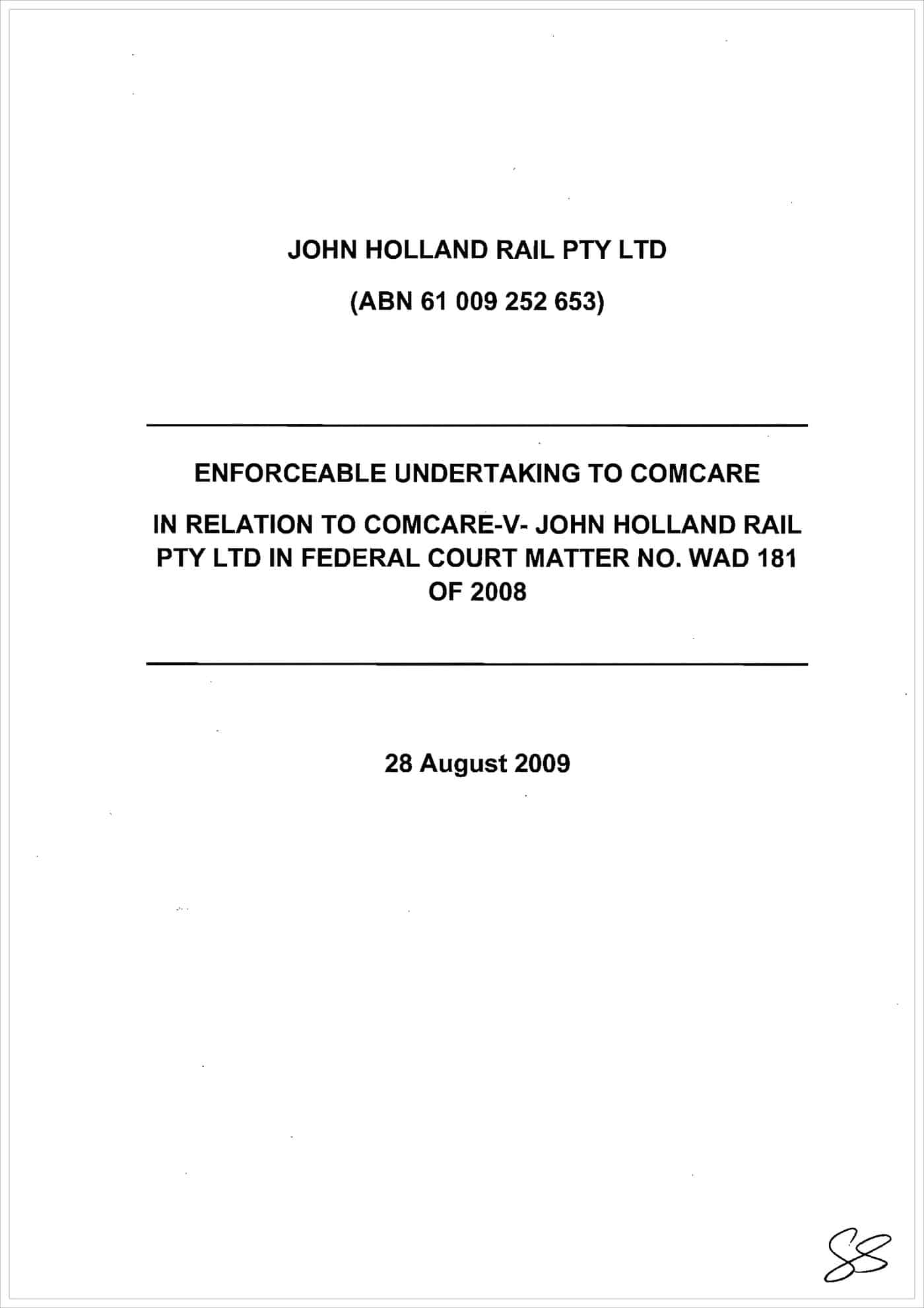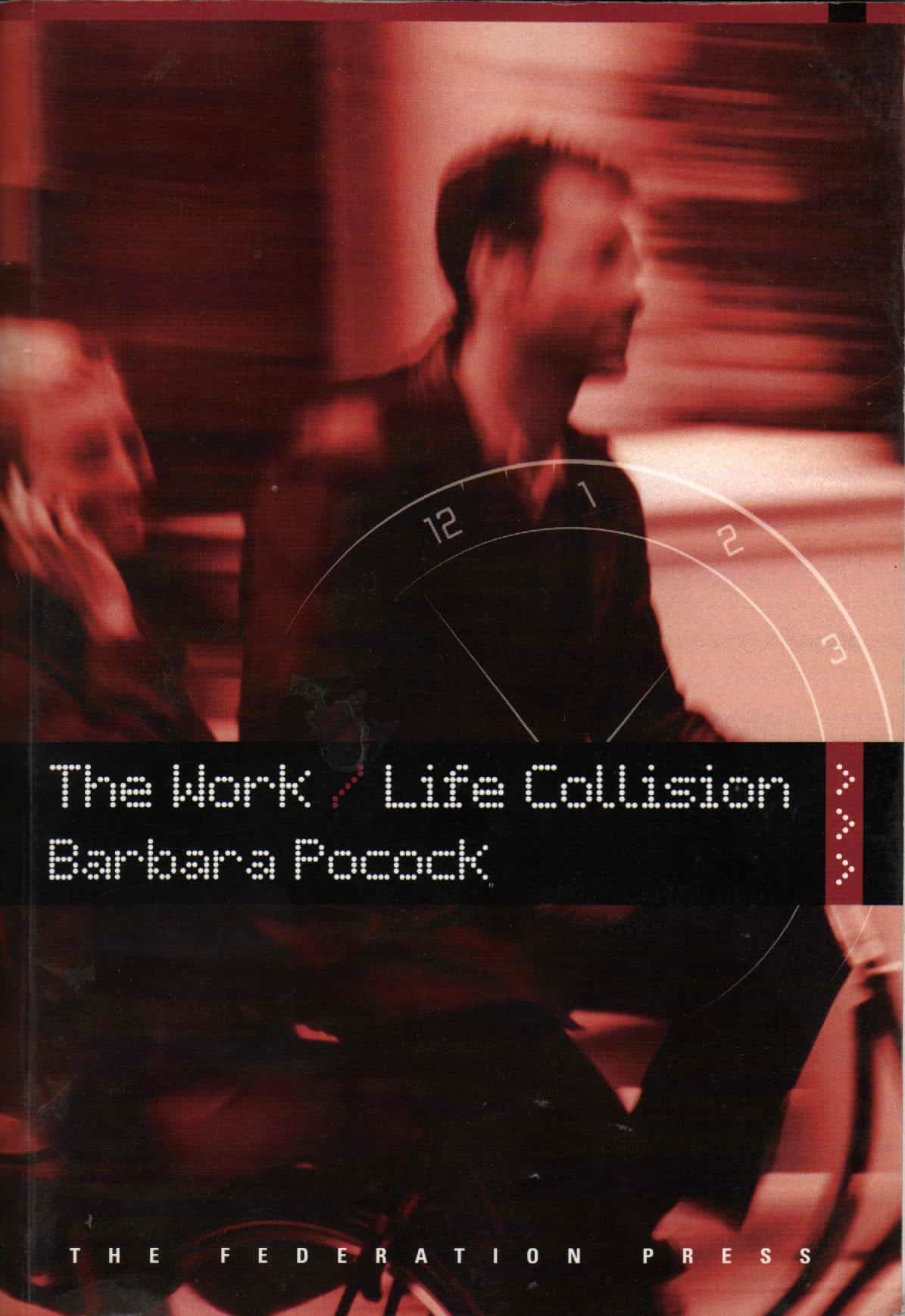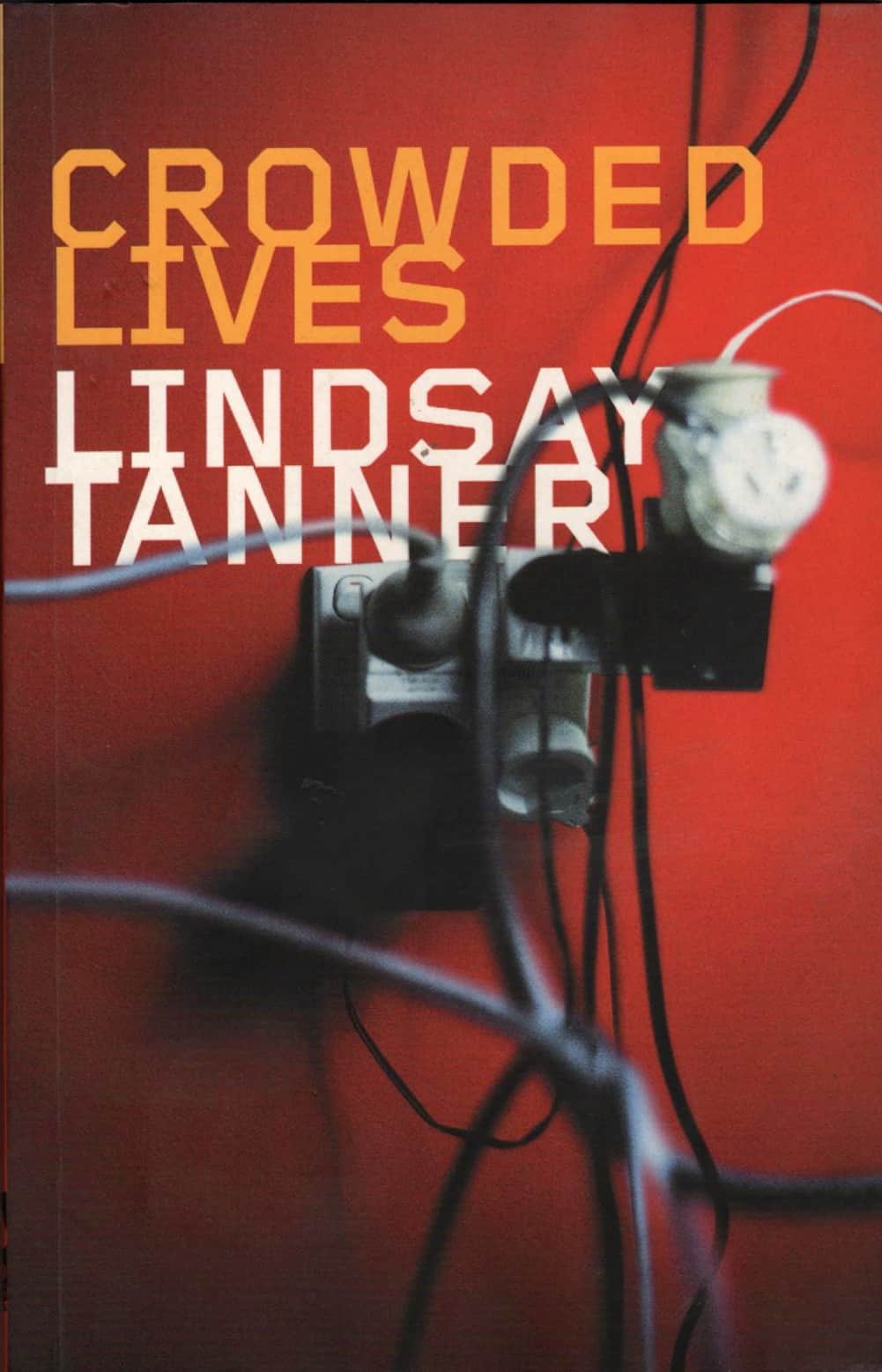Let’s pull together several workplace hazards and suggest one control measure that may address all of them at once. Of course, the control may generate other work hazards or management challenges.
In Summer, work occurs throughout daylight hours. The long days, and possibly daylight savings, maximise the window of productivity for workers, particularly those who work outside – building construction, housing, rail maintenance, roadworks….. Such work can lead to the workplace hazards of excessive exposure to ultraviolet radiation (UV), fatigue, and heat stress.
Each of these hazards has its own separate advocates for safe practices, as well as the OHS regulator that provides guidance on all hazards. This complicates the management of OHS because sometimes there are conflicting control measures or at least measures that are incompatible with the needs and desires of the workforce. If we think of this combination of hazards as a Gordian Knot, we could solve the problem by splitting the working day into two sessions on either side of a sleep break or, as the November 2009 edition of the Harvard Health Letter calls it, a nap.
The Harvard article, “Napping may not be such a no-no”, discusses the good and bad of napping and the tone of the article seems to look at this control measure mainly for office-based or administrative tasks.
“[Robert Stickgold, a Harvard sleep researcher] says his and others’ findings argue for employer policies that actively encourage napping, especially in today’s knowledge-based economy. Some companies have set up nap rooms, and Google has “nap pods” that block out light and sound.”
The article suggest a couple of suggestions
“Keep it short. A 20- to 30-minute nap may be ideal. Even just napping for a few minutes has benefits. Longer naps can lead to grogginess.
Find a dark, quiet, cool place. Reducing light and noise helps most people get to sleep faster. Cool temperatures are helpful, too.
Plan on it. Waiting till sleepiness gets so bad that you have to take a nap can be dangerous if you’re driving. A regular nap time may also help you get to sleep faster and wake up quicker.
Don’t feel guilty! A nap can make you more productive at work and at home.”
But sometimes SafetyAtWorkBlog likes to extend a solution to the bigger picture.
In Australia, the peak period for extreme levels of UV is between the daylight savings hours of 10.00am and 1.00pm, or 3.00pm in some instances. If an outside work site suspended work for three hours, the employees could have lunch and rest, or sleep, in the shade. Depending on the location of the work site, some could even go home for that period.
The work day could still be as productive by starting early and finishing late, basically inserting a rest break of several hours into the middle of the daytime shift. There is evidence in the Harvard article that productivity could be increased as a result of the rest break.

On quick reflection, this scenario is a fantasy because the ramifications of such a change are huge, and OHS is unlikely to achieve any structural cultural change of this magnitude, but it remains an attractive fantasy. The attraction is the logical simplicity but, of course, logic is often bashed around by reality and below are some of those realities:
- Expanded work hours for a construction adjacent to a residential area working on the 9 to 5
- Deliveries of supplies to be rescheduled to the two work periods
- Would the split shift continue on cloudy and cool days or during Winter?
- Would the portable/temporary lunch sheds now need to include a bunk room for all employees on a work site?
- In a bunk room, would one person’s snoring becoming an occupational hazard for everyone?
- Can plant be “paused” for the lunch break?
- Can a concrete pour be interrupted for a lunch?
Lists of other problems or challenges are welcome through the blog’s comments field below.
Such a structural or societal control option (or fantasy) should be discussed, debated or workshopped as what may not work in the grand scheme may allow for changes, or tweaks, on a smaller scale. Often the best OHS solutions come from speculation which can lead to the epiphany of “why do we do it that way?”
Of course, some countries are way ahead of the rest of the world in managing these workplace hazards by already having a culture that embraces the “siesta“.
ng may not be such a no-no


 On the other side of political fence,
On the other side of political fence, 
 Work/life balance in Australia is skewed towards those workers who have young families or a role as a carer. This is due to work/life balance evolving from the feminist and social concepts of the 1970s and in response to the increased number of
Work/life balance in Australia is skewed towards those workers who have young families or a role as a carer. This is due to work/life balance evolving from the feminist and social concepts of the 1970s and in response to the increased number of 

